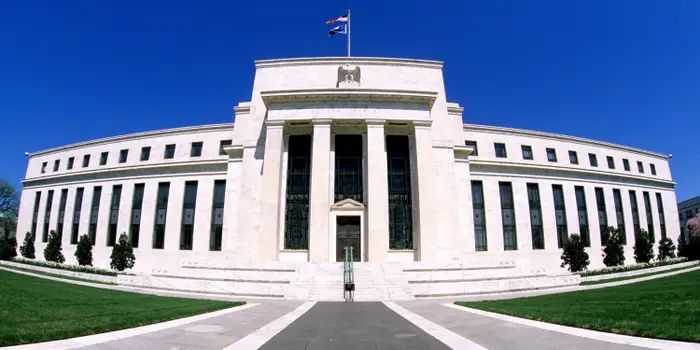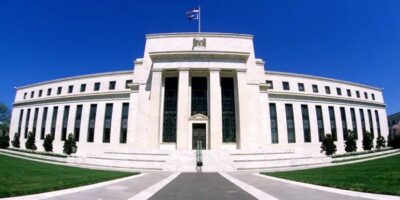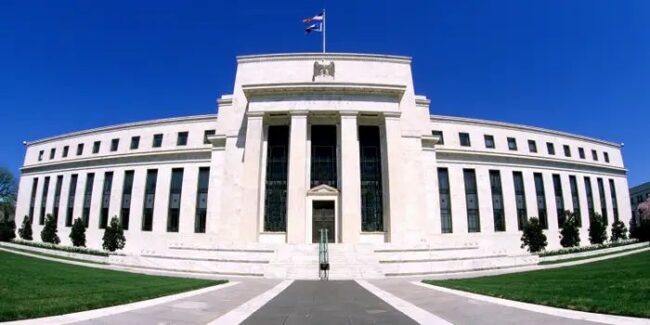Following its stress test earlier this year, the Federal Reserve Board today announced the individual capital requirements for all large banks, effective on October 1.
Large bank capital requirements are in part determined by the Board’s stress test results, which provide a risk-sensitive and forward-looking assessment of capital needs. The table shows each bank’s total common equity tier 1 capital requirement, which is made up of several components, including:
- The minimum capital requirement, which is the same for each firm and is 4.5 percent;
- The stress capital buffer requirement, which is determined from the stress test results, and is at least 2.5 percent; and
- If applicable, a capital surcharge for global systemically important banks (G-SIBs), which is updated in the first quarter of each year to account for the overall systemic risk of each G-SIB.
If a bank’s capital dips below its total requirement announced today, the bank is subject to automatic restrictions on both capital distributions and discretionary bonus payments. The Board received no requests for reconsideration from any bank.
Separately, due to two banks submitting incorrect data, the Federal Reserve Board on Thursday released corrected stress test results for Bank of America Corporation and The Bank of New York Mellon Corporation. The revisions from the incorrect submissions do not result in a change to either bank’s stress capital buffer requirement. In its review of these banks’ data, the Board conducted reviews of the other banks that underwent the stress test and found no errors in their submissions.





COMMENTS